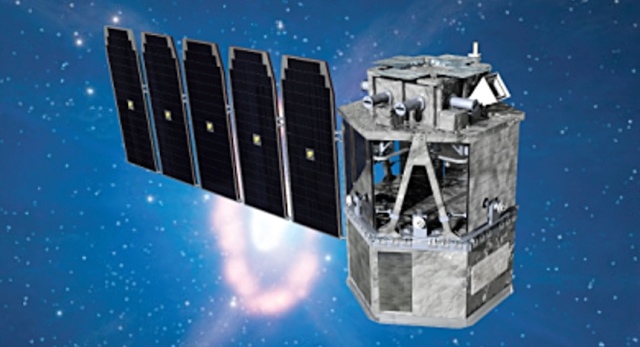NASA has chosen the winner among the finalists of the next Explorers program competition in the category of small research vehicles. It became the COSI space gamma-ray telescope, which will be launched into near-Earth orbit in 2025 and will study galactic gamma-ray sources, it is reported on the NASA website.
Work on the Explorers program has been carried out by NASA since the 60s of the last century, within the framework of it, spacecraft and telescopes are being developed to conduct various studies in the field of physics, geophysics, heliophysics and astrophysics. In total, more than 90 different devices have already been launched under the program, such as the Swift gamma-ray observatory, the WMAP probe that investigated relic radiation, the WISE infrared telescope, as well as the TESS exoplanet hunter and the COBE probe, whose scientific program leaders received the Nobel Prize in Physics in 2006 for discoveries in the field of cosmology.
On October 18, 2021, the agency announced that it had selected a new project for implementation under the Explorers program. It was the COSI small-class gamma-ray space telescope (Compton Spectrometer and Imager), which in 2020 was one of the four finalists in the next competitive selection. It will operate in the soft gamma range and register gamma quanta born in the remnants of supernovae and other galactic objects, as well as during the annihilation of positrons.
In 2016, an analogue of the COSI payload successfully operated on a balloon for two weeks. In the current version of the project, the payload will be located on board the vehicle, which will go into low Earth orbit. The total cost of creating COSI is $145 million, excluding launch services. The launch itself is scheduled for 2025.
Earlier, we talked about five new heliosphere exploration projects that NASA has chosen to implement under the Explorers program.
Alexander Voityuk

